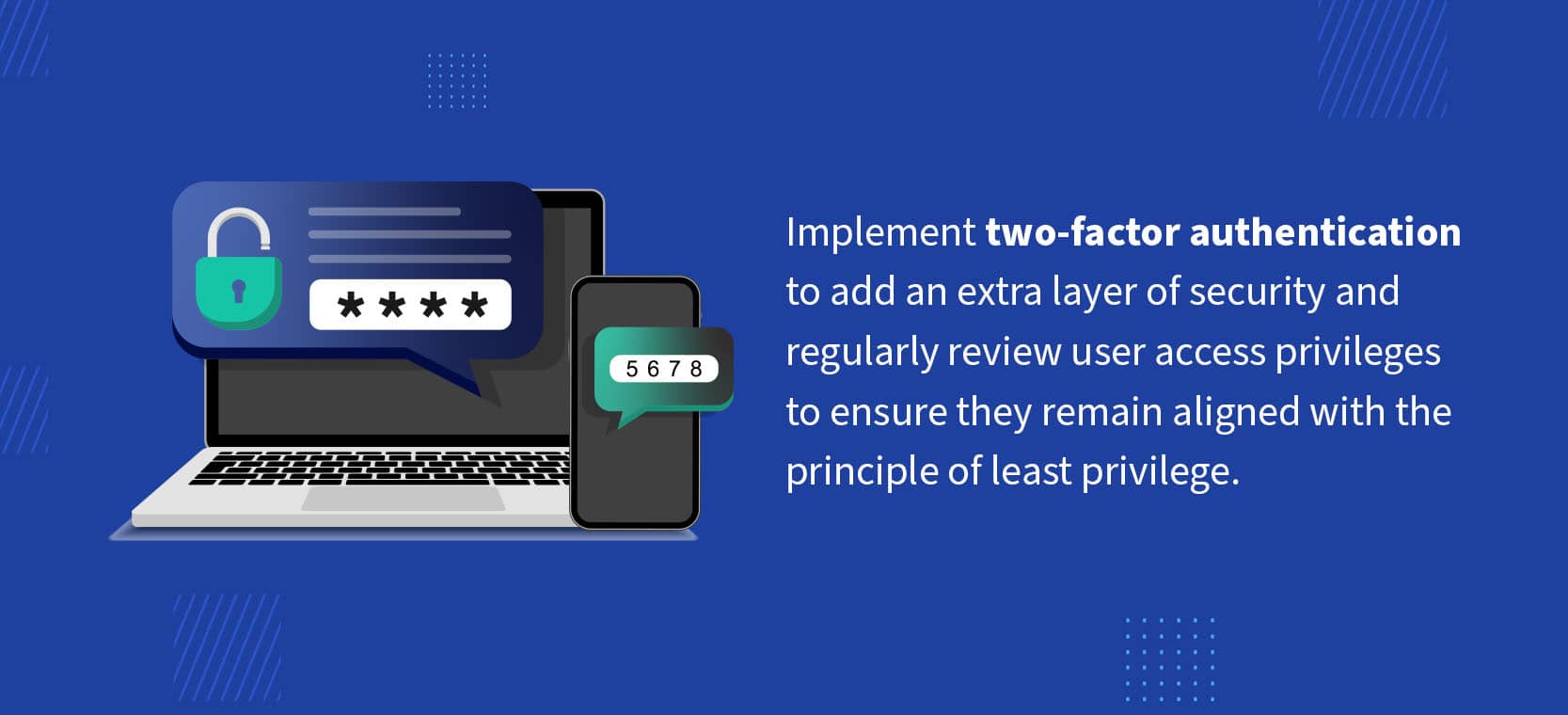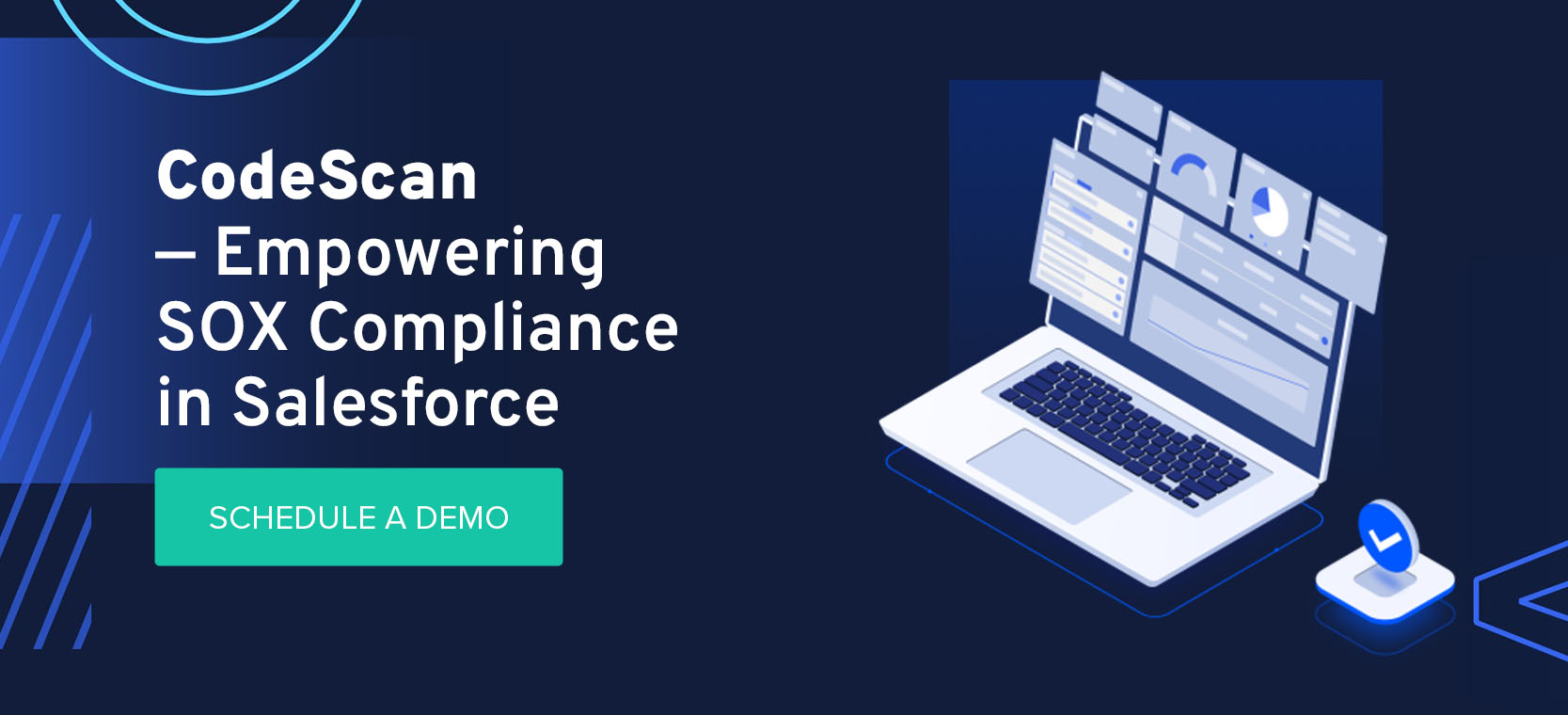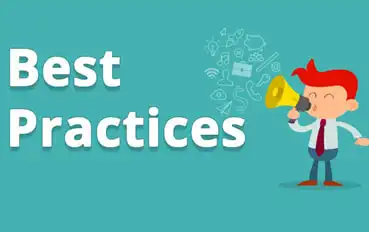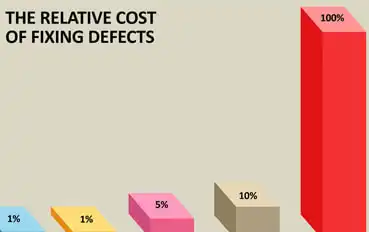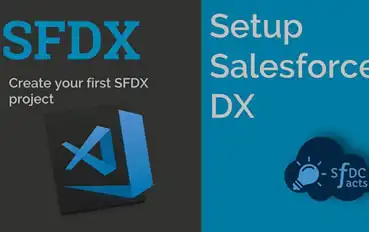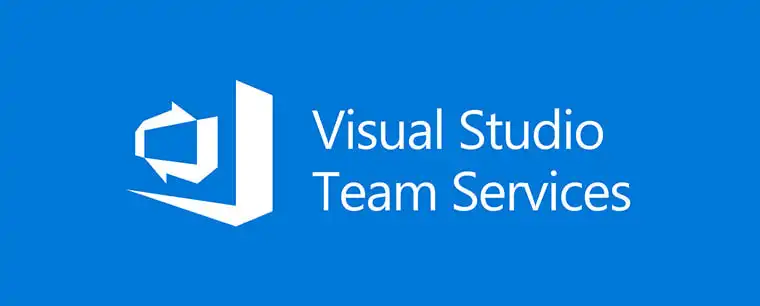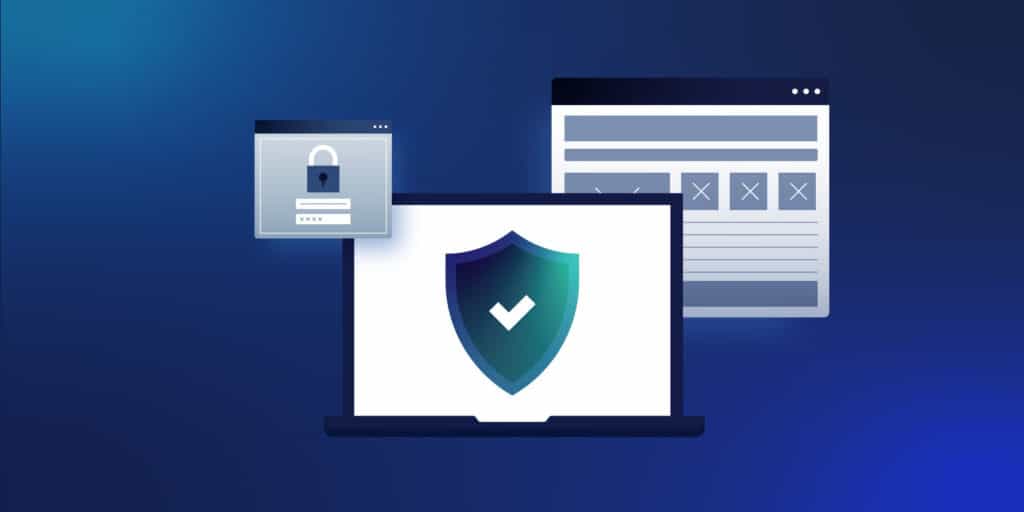
8 Steps for Achieving SOX Compliance in Salesforce
Ensuring SOX compliance in Salesforce is crucial for organizations operating in the United States. With financial accountability and fraud prevention at the forefront, Salesforce customers with substantial revenue and a large employee base must prioritize maintaining compliance.
This blog post provides a detailed guide to help organizations achieve and maintain SOX compliance in their Salesforce environment.
From understanding the significance of SOX in Salesforce to implementing access controls and data retention policies and conducting regular audits, we walk you through the eight steps for achieving SOX compliance in Salesforce.
Understanding SOX Compliance
SOX compliance refers to complying with the Sarbanes-Oxley Act of 2002, a set of regulations established by the US government to promote financial transparency and accountability and prevent fraudulent activities within organizations. The act establishes guidelines and requirements for financial reporting, internal controls and corporate governance.
SOX was introduced in response to accounting scandals and corporate fraud to promote transparency, accountability, and integrity in the financial industry. It applies to both domestic and foreign companies that are publicly traded and doing business in the US. Noncompliance can result in severe legal and financial repercussions.
For Salesforce customers with substantial revenue and a large employee base, maintaining SOX compliance in Salesforce is crucial. It ensures the integrity of financial reporting processes, internal controls, and data security within the Salesforce environment.
Organizations can lay a solid foundation for achieving and maintaining compliance throughout their Salesforce environment by understanding the importance of SOX compliance in Salesforce.
By implementing the following eight steps, users can achieve Salesforce SOX compliance.
Step 1: Understand SOX Compliance Requirements
To achieve SOX compliance in Salesforce, you must have a solid understanding of the compliance requirements. Start by familiarizing yourself with the key provisions of the SOX Act and the specific requirements applicable to your organization. Learn about the SOX sections related to financial reporting, data security, data backup, access control, and change management.
Understanding these requirements will help you establish a strong foundation for your compliance efforts in Salesforce. By clearly grasping the regulations, you can effectively design and implement the necessary controls and processes to meet SOX compliance standards in your Salesforce environment.
Step 2: Conduct a Risk Assessment
Conducting a thorough risk assessment is essential to achieve SOX compliance in Salesforce. Start by assessing your current Salesforce environment to identify potential risks and security vulnerabilities impacting compliance. Evaluate the effectiveness of your existing controls and processes to mitigate these risks.
Identify any security and compliance gaps or areas that require improvement to meet the SOX compliance standards. Conducting a comprehensive risk assessment provides a clear understanding of the potential compliance challenges and helps you take proactive steps to address them. This ensures your Salesforce environment is secure, reliable, and aligned with SOX compliance requirements.
Step 3: Define Access Controls
Defining robust access controls is essential for achieving SOX compliance in Salesforce. Establish strong access controls within Salesforce to safeguard data integrity and prevent unauthorized access. Begin by defining roles and permissions for users based on their job responsibilities and the principle of segregation of duties. This ensures that users have appropriate access privileges aligned with their specific tasks.
Implement two-factor authentication to add an extra layer of security and regularly review user access privileges to ensure they remain aligned with the principle of least privilege. Implementing these access controls will fortify your Salesforce environment and uphold SOX compliance standards.
Step 4: Implement Data Retention Policies
Implementing data retention policies is crucial for achieving SOX compliance in Salesforce. Start by developing and documenting policies that align with the specific requirements of the SOX Act. Determine how far back your system can go and how long you keep backup copies of your database. Create a policy for when to make full and incremental backups, and ensure any off-site data storage is also SOX compliant.
The appropriate retention periods may vary for different data types within your Salesforce environment based on regulatory guidelines and internal needs. To ensure compliance, leverage automated processes for data archiving and deletion.
These automated processes help streamline data management and adhere to retention policies. Implementing robust data retention practices establishes a solid foundation for meeting SOX compliance standards in Salesforce.
Step 5: Conduct Regular Audits
Regular internal audits are essential for maintaining SOX compliance in Salesforce. To monitor and assess compliance within your Salesforce environment, review user activity logs, system configurations, and security controls to identify any potential noncompliance issues.
During the audit, identify any noncompliance issues that may arise. These issues could include unauthorized access, inadequate controls, or data inconsistencies. Next, take prompt and appropriate corrective actions to address the problems and maintain a compliant Salesforce environment.
By analyzing these factors, you can gain valuable insights into the integrity of your compliance measures. Regular audits provide the necessary checks and balances to ensure your Salesforce platform complies with SOX standards and meets data security regulations.
Step 6: Educate Employees
To achieve SOX compliance in Salesforce, educating your employees about their roles and responsibilities in maintaining compliance is crucial.
Provide comprehensive training sessions focusing on employees’ specific roles and responsibilities regarding Salesforce SOX compliance. They should understand the importance of their actions in safeguarding data and adhering to compliance policies. Emphasize the significance of data security, the potential consequences of noncompliance, and the need to adhere to compliance policies to protect sensitive information.
Consider offering ongoing education and updates to keep employees informed about changing regulations. Continuing education helps maintain employees’ knowledge and understanding of SOX compliance in Salesforce.
Step 7: Leverage Automated Compliance Tools
To achieve SOX compliance in Salesforce efficiently, leverage automated compliance tools. These specialized applications streamline the process, improving accuracy and efficiency. Use tools designed for SOX compliance in Salesforce that offer automated checks, controls, and reporting.
Automation enhances monitoring, reporting, and auditing; reduces manual effort; and helps ensure a systematic approach. Consider third-party solutions like CodeScan for Salesforce security posture management. Automated tools provide comprehensive assessments, continuous monitoring, and real-time insights, simplifying the process, enhancing compliance posture, and mitigating noncompliance risks.
Step 8: Stay Informed + Adapt
Staying informed and adapting to changes is crucial for maintaining SOX compliance in your Salesforce environment. Keep up with the latest updates in SOX regulations and compliance standards, and regularly review Salesforce release notes and security advisories to stay informed about changes that might impact compliance.
By staying vigilant and proactive, you can adapt your practices and controls accordingly to meet evolving compliance requirements. Remember, compliance is an ongoing process, so staying informed and adapting are crucial to ensuring long-term compliance in your Salesforce org.
CodeScan—Empowering SOX Compliance in Salesforce
Salesforce SOX compliance requires careful planning, implementation, and ongoing monitoring. By following the eight steps for achieving SOX compliance in Salesforce, you can establish a strong foundation for compliance and mitigate risks. However, maintaining compliance can be complex, which is where CodeScan can be your trusted ally.
CodeScan’s automated code analysis and compliance reporting provide valuable insights to identify and address potential compliance issues within your Salesforce platform. With our Salesforce security posture management solution, OrgScan, you can enforce security and compliance rules, maintain governance control, and avoid audits and security breaches.
Schedule a demo with CodeScan today, and empower your business to achieve and maintain SOX compliance in Salesforce.
Running CodeScan on your Salesforce Org is a great first step towards quality code, but maintaining that quality is a Read more
Every Software Development Professional knows the following fact: the later bugs are found, the more expensive they are to fix. Read more
Salesforce DX is a new focus on source-driven, collaborative development. The Salesforce CLI (Command Line Interface) easily integrates into your Read more
Visual Studio Continuous IntegrationVisual Studio Team Services (VSTS) is a quick and powerful tool to set up continuous integration and Read more
